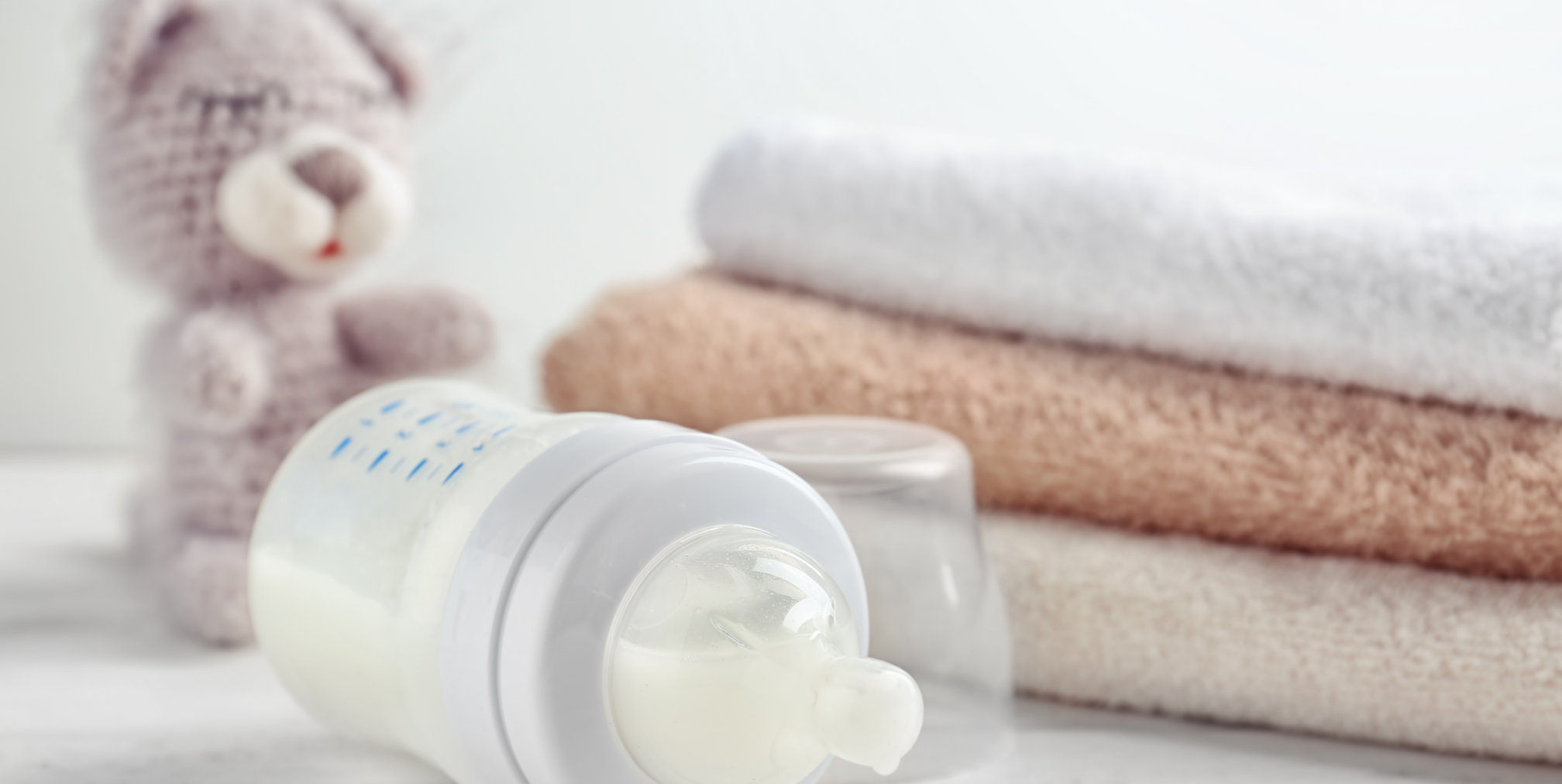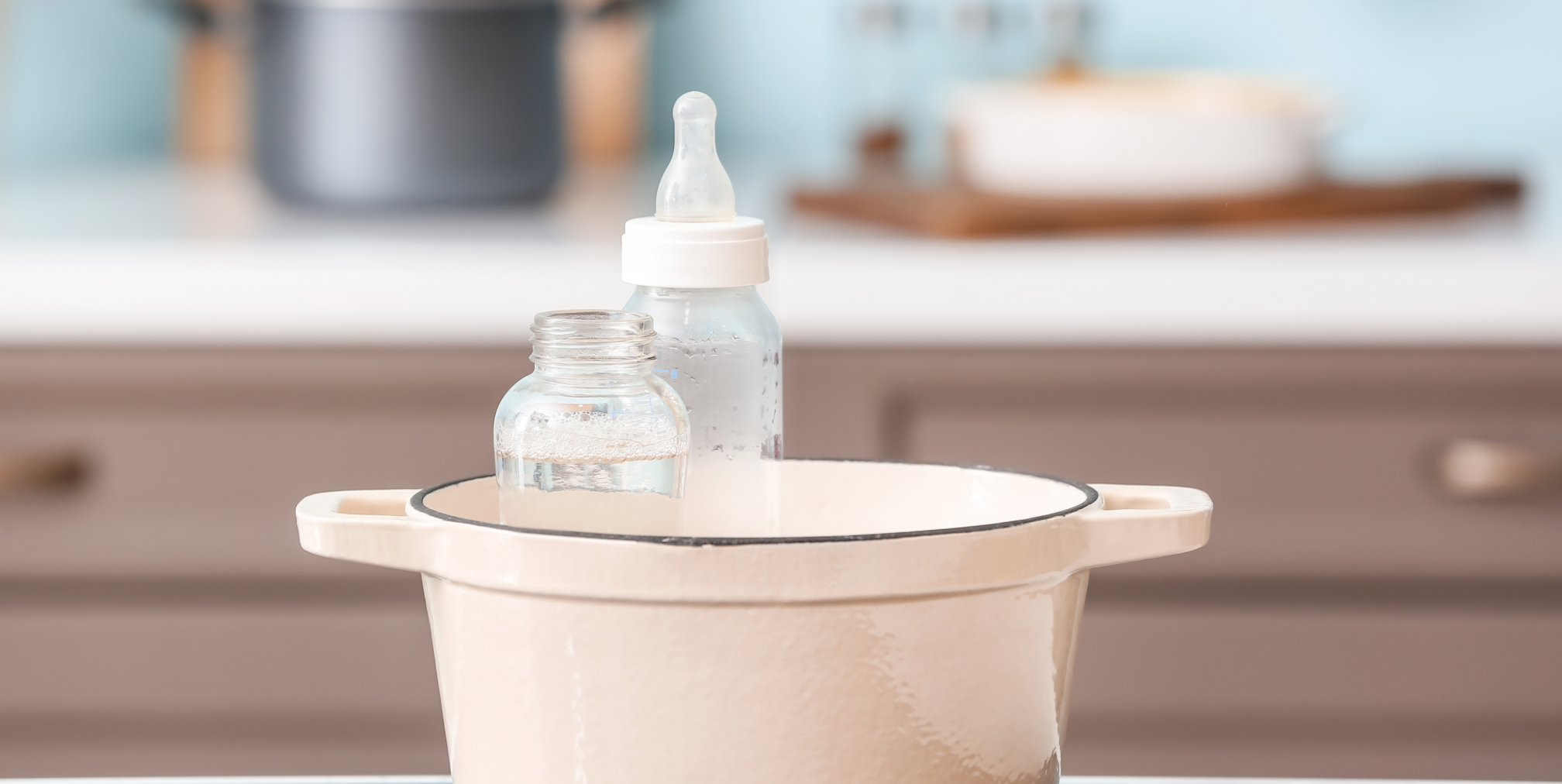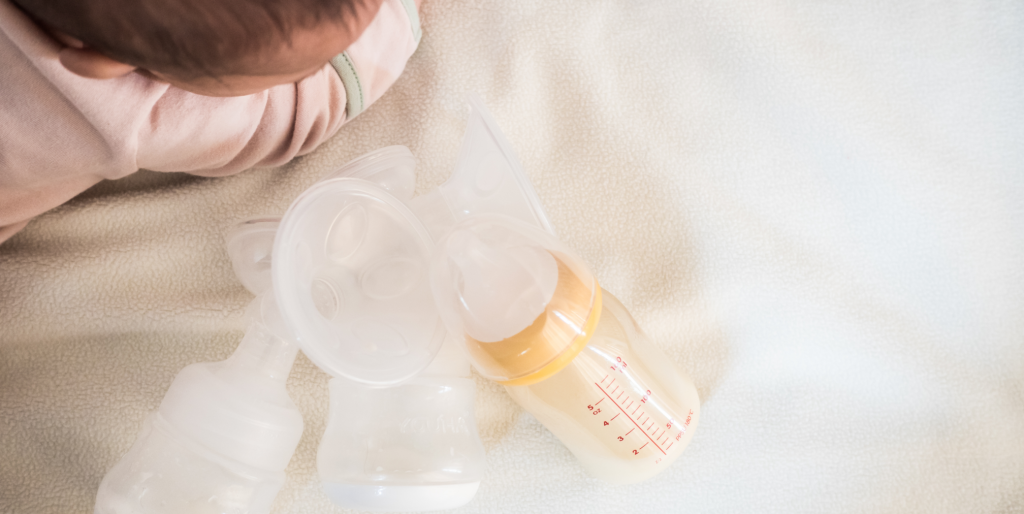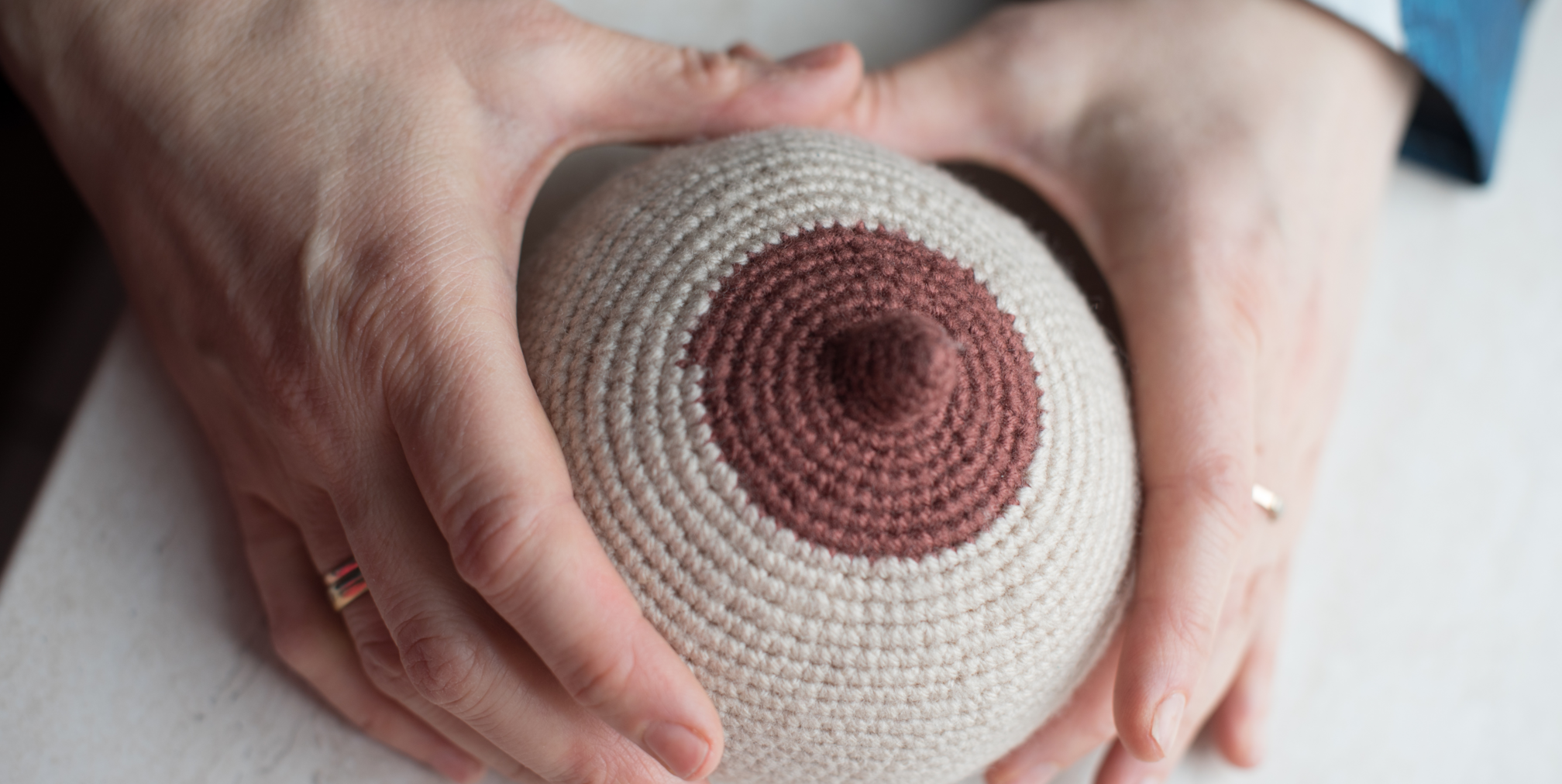Introducing a bottle can be a frustrating experience for both you and your baby. Don’t worry, you’re not alone! Here are some helpful tips to overcome bottle refusal:

1. Timing is Key:
A hungry baby is a fussy baby. Offer the bottle when your little one is calm and alert, not starving. This is a great opportunity to introduce the bottle as a familiar object. You can even make it a daily ritual, like a “bottle playdate”. Remember, if frustration sets in, take a break and try again later.
2. Less is More:
Don’t fill the bottle to the brim! It can be overwhelming for a new bottle user. Start with a small amount of breastmilk or formula, just enough to get them acquainted with the taste and feel. Since baby might not take much in these first attempts putting just a little bit in the bottle will prevent waist.

3. Distraction is Your Friend:
Sometimes, a little entertainment goes a long way. Sing silly songs, play peek-a-boo, or make funny faces to grab your baby’s attention. This can help them focus less on the unfamiliar bottle and more on connecting with you during feeding time.
4. Motion Magic:
Movement can be soothing and stimulate the sucking reflex. Try bouncing gently on an exercise ball while holding your baby or walk around the room with the bottle while making those same up and down movements. The rhythmic motion might just be the trick to spark their interest.

5. Relax and Take a Breath:
It’s easy to feel stressed when your baby isn’t cooperating. Remember, experienced daycare providers are bottle-feeding pros! If all else fails, don’t be afraid to delegate. They may have a magic touch (or at least a lot of practice!).
Bonus Tip:
Don’t underestimate the power of the cup! If the bottle remains a challenge, consider paced cup-feeding with a soft silicone cup. Simply shape the cup to your baby’s lips and let them lap up the milk at their own pace. Sippy cups can also be an option once your baby is past 6 months old.
By staying patient, creative, and offering a variety of approaches, you can help your baby overcome bottle refusal and establish a happy feeding routine. Remember, every baby is different, so find what works best for you both!







